Playing Card Math for Middle School
Math is a subject that can strike fear in the hearts of many homeschoolers and homeschool parents alike. But here’s the thing, you can make math fun! Card games can help students learn about numbers as well as number operations. Even if you just want to do it to get a break from the stress of textbooks and worksheets, playing card math can be a huge help on your child’s road to becoming comfortable in their math skills.
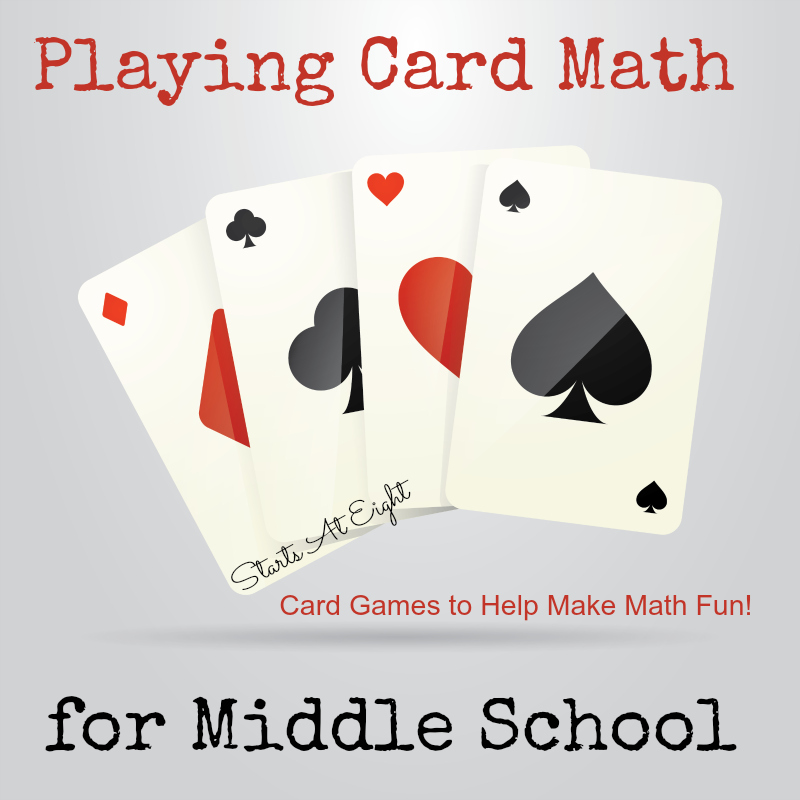
Benefits of Playing Card Math
1. Break from Text or Worksheet
As I stated above, playing card games that are geared toward specific math concepts or operations can offer a much needed break from the daily grind of their textbook or workbook.
2. A Multi-sensory Approach
Playing Card Math offers both visual and hands on learners a concrete way to work with math concepts. The cards offer your children something to hold, touch, and move around while they are seeing the concepts and talking about them as the game plays out.
3. Extra Practice and Increased Repetition
Playing card games is inevitably more fun for kids and therefore they are more likely to play over and over again. This increases their practice of specific math concepts by increasing the amount of times they are seeing and using a concept.
Playing Card Math for Middle School
1. Multiplication War
This game is played with two players and a full deck of cards.
- Ace is worth 11
- Jack is worth 12
- Queen is worth 13
- King is worth 14
This game works with number recognition, positive & negative integers, and multiplication.
How to Play:
- Black cards are positive numbers
- Red cards are negative numbers
Deal out cards evenly between the two players. (Each player should have 26 cards)
This game is played similarly to War. Begin by simultaneously flipping over top two cards. (Instead of one like in War)
Remember that two negative numbers make a positive product (a negative times a negative equals a positive) and that -3 is greater than -8.
The highest product wins all four cards. (Similarly in War the highest number takes both cards)
If the cards products have the same value, the cards are placed in a center pile (or set to the side). The next hand is played normally and will determine the winner of the previously set aside cards plus the current hand.
Play continues until one person holds all the cards or until a set amount of time has passed and then the person holding the most cards wins the game.
2. Exponent War
This game is played with two players and a full deck of cards.
- face cards = 10
- Ace = 1 or 10 (decide before beginning the game
This game works with multiplication, base, and exponents.
How to Play:
Deal out cards evenly between the two players. (Each player should have 26 cards)
This game is played similarly to War. Begin by simultaneously flipping over top two cards. (Instead of one like in War) The first card is the base and the second card is the exponent. The player with the highest product wins all four cards.
If the cards products have the same value, the cards are placed in a center pile (or set to the side). The next hand is played normally and will determine the winner of the previously set aside cards plus the current hand.
Play continues until one person holds all the cards or until a set amount of time has passed and then the person holding the most cards wins the game.
3. Hit The Target Number
This game can be played with 2-5 players and one deck of cards.
- Ace = 1 or 11
- Jack = 12
- Queen = 13
- King = 14
This game works with multiplication/division, addition/subtraction, order of operations, and mathematical reasoning.
How to Play:
The group of 2 – 5 players selects a target number from 1-30. One of the players will turn five cards from the deck face up and the object is to make a number sentence using all five cards with
any operations to reach the target number.
For example, suppose the target number is 20 and the cards in play are 5, 5, 6, 2, and Ace (in the case making the Ace worth 1). One winning combination is: 5 x 2 + 5 + 6 – 1 = 20. Another is (6 x 5) – (2 x 5 x 1). Also, (6 ÷ 2) x 5 + (5 x 1) works, as do many more.
The first player to find a winning combination keeps the cards and chooses the next target number. If no combination is found in about a minute, flip over another card and try tomake a combination using six cards.
If playing with players of different abilities, instate a rule that says, if a player hasn’t made a combination in three rounds, he or she may make combinations using four of the five cards until they make a winning combination; other players must use five.
4. Collaborative Fractions
This game can be played in four variations, with two people working together. You will need a deck of cards and some scratch paper and pencil.
- face cards = 10
- Ace = 1 or 11 (decide before you begin)
This game works with adding, subtracting, and multiplying fractions as well as numerator and denominator.
How to Play:
Decide if you are going to add, subtract, or multiply with the cards you turn up, or maybe you do all of them with each set of cards you turn up!
Deal out four cards and place them face up. Using these four cards create two fractions. To do this make the two largest cards denominators, and the other two become numerators. Use scratch paper to work out the problem you have created (don’t forget about common denominators!).
Be sure to reduce answers into simplest form!
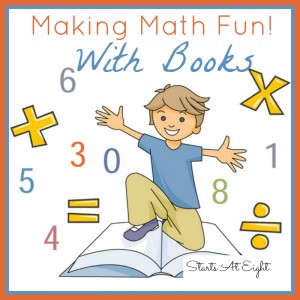
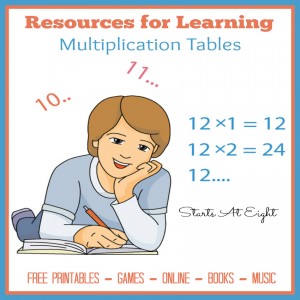
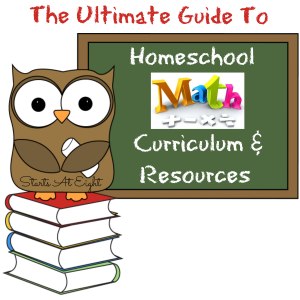
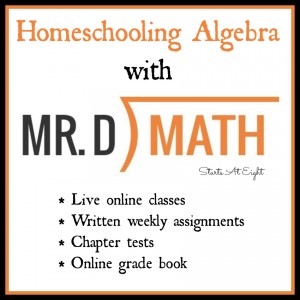



April 27, 2016 @ 8:44 pm
These are awesome! I was having a hard time coming up with games for my older boy; this is perfect. I’ll be pinning these for sure and I can’t wait to try them!
April 28, 2016 @ 9:26 am
So glad you can use these! It is definitely so much easier with the younger kids which is why I try to find great things for the older kids to do!
Finishing Strong #87
May 4, 2016 @ 9:54 am
[…] and magic tricks. He’s always asking us to play a game with him and for this reason, I love Playing Card Math for Middle School by Heidi at Starts at Eight. I’m excited to try out these new games with my […]
Finishing Strong- Homeschooling the Middle & High School Years - Blog, She Wrote
October 5, 2016 @ 8:56 am
[…] Playing Card Math for Middle School […]
Awesome Summer STEM Activities for Middle School Kids
July 18, 2017 @ 5:41 pm
[…] from Starts at Eight shares 4 games middle school students can play using just a deck of playing cards. All of the games […]
Stay Engaged During Winter Break – Uplift Voices
December 22, 2017 @ 9:04 am
[…] School- A fun game to play during the holiday break is Card Math. Check out these some fun mathematic games you can play with a deck of […]
100 Homeschool Fun Activities for All Ages - Rock Your Homeschool
March 10, 2018 @ 10:44 am
[…] Playing Card Math for Middle School (Starts At Eight): Give your middle schooler a break from book work with these math card games. […]
Winter Break Fun! – Uplift Voices
December 21, 2018 @ 9:07 am
[…] School- A fun game to play during the holiday break is Card Math. Check out these some fun mathematic games you can play with a deck of […]
10 Best Math Card Games to Practice Skills | STEM Education Guide
June 4, 2020 @ 1:41 pm
[…] We first heard of this game from StartatEight.com. You can find more of her Middle School Math games here. […]
Awesome Summer STEM Activities for Middle School | Math Geek Mama
May 14, 2022 @ 12:21 pm
[…] from Starts at Eight shares 4 games middle school students can play using just a deck of playing cards. All of the games […]